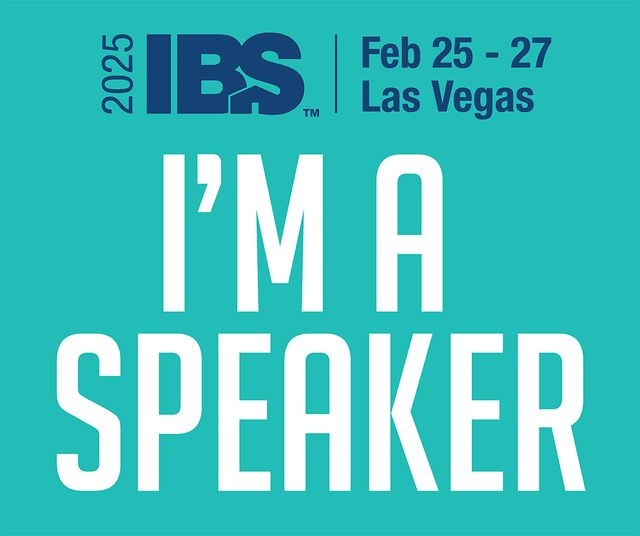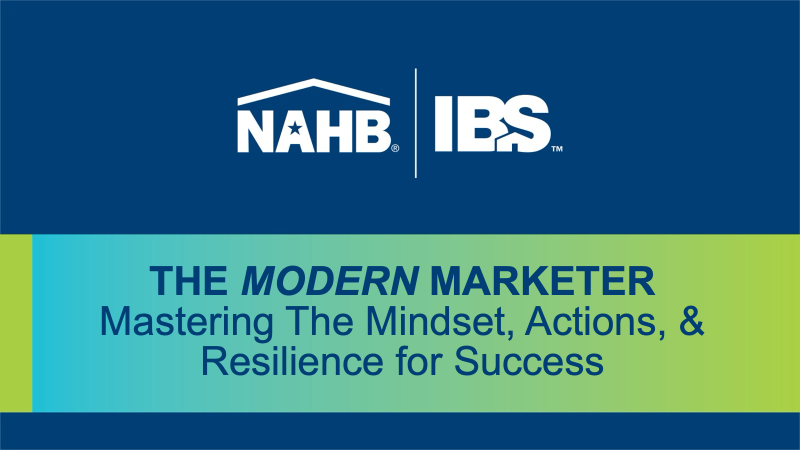Mastering Builder MarTech: Q&A With Jennifer Walsh

As we continue to dive into the world of MarTech, we took this past Builder Town Hall to discuss how and why to smoothly implement new technology into your business. Jennifer Walsh of Pacific Lifestyle Homes and Garrette Custom Homes offered an abundance of knowledge and insight into her MarTech implementation and journey and how it has benefitted her companies in the world of sales and marketing.
Q: Tell us a little bit more about your background, responsibilities, and role with the brands that you’re working with.
A: I came from a recruiter background actually. I worked for several staffing agencies. And I didn’t love it. So one day, a job came up on my radar that I was trying to staff for, which was a sales and marketing assistant at Pacific Lifestyle Homes. That was six and a half years ago, I am still here. This is my one and only job truly in marketing. I am now the marketing manager of two brands in two regions: Pacific Lifestyle Homes and Garrette Custom Homes in the Portland-Metro and Seattle-Metro markets.
Q: I know that you recently went through the implementation of two marketing technology tools: Salesforce and Pardot. What tips do you have when you’re evaluating a new tool and implementing it?
A: I think the one thing with new technology that you forget about — especially these big programs, like PRICE BLD-R, or Salesforce — is how much really goes into it. You have to fully understand that process, and then align yourself with someone who knows what they’re doing. For us, we brought on a Salesforce and Pardot, specialist implementation partners to lead that. Then we set up stages. So like, what do we need to do to make it usable? And then, what do we want to do in the six months following that to make it even better?
Q: Why don’t you tell us a little bit about Pardot and what that’s going to do for you in terms of marketing automation?
A: Pardot is part of Salesforce’s many, many programs they have available, but it’s their marketing automation platform. It really just allows us to create custom journeys, using dynamic and personalized content to meet the customer where they are in that process. It follows them through that process, retargets them in all of our different sales and marketing platforms, and then actually alerts our sales team and our OSC team. As the buyers engage with that content they get a new score. As that score goes higher, they’re engaging with more and more aspects of our marketing. From that score, we can tell how serious they are and follow up accordingly.
Q: So do you build a content library of different pieces of content? And then Pardot is pulling what content it’s serving based on what the person’s been looking at on the website?
A: Absolutely. Think of it as going to Nordstrom or Target and you leave something in your cart or view something several times. Then a day later, you get an email like, “Hey, you left this there.” We do that with our communities. We’ll send a message that says “We saw you visited this community. Are you ready to schedule an appointment?”
Q: So why put yourself through two major marketing implementations? What were the goals?
A: A marketing automation platform was what we really, really wanted. By choosing to do our CRM at the exact same time and choosing a program that works well together, we allowed them to work together smoothly. For us, we have full control. We can fully customize the CRM side of things and we can fully customize the marketing automation side of things. It is also easily scalable. If we grow, if we add another region, or maybe another brand, we can easily scale with what we have in place. It integrates all of our marketing efforts into one place so we can see the funnel, get the reporting, and have in-depth information that we didn’t have access to previously.
Q: What advice would you have on getting the team and people involved excited about implementing new tools?
A: Be open to the experience. We’re trying to make a smoother journey for the customers, we’re trying to get you more leads in the door, and ultimately, we’re trying to make your jobs easier. And sometimes to make things easier, we have to make them a little bit harder first. I really opened up my calendar. The sales team can put an hour on my calendar, and I have weekly appointments every single week where I’m training them on the programs. There are also resources as far as training goes, that I can provide them with to help them feel comfortable.
We look forward to seeing you at our next Builder Town Hall! As a reminder, we will not be meeting in July, but don’t forget to mark your calendar and register today for our session on August 5. In the meantime, be sure to join our Builder Town Hall Facebook Group and keep the conversation going!
Categorised in: Builder Town Hall, Home Builder Marketing & Sales, Home Builder Websites, Technology



